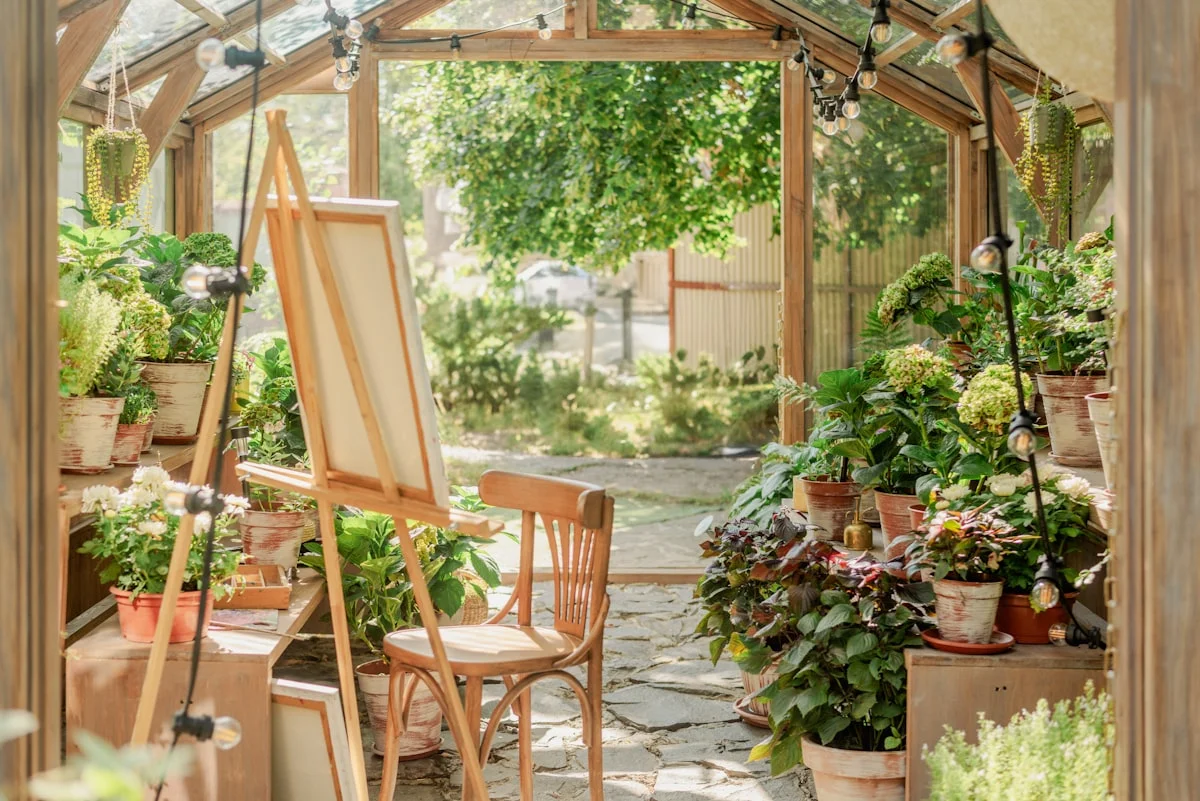How to Build a Garden Shed from Scratch in 2025: A Step-by-Step Guide
If you’re looking to build garden shed from scratch, you’re in the right place. A well-constructed garden shed can provide valuable storage space, a workshop area, or even a cozy retreat in your backyard. Whether you’re a DIY enthusiast or a beginner, this guide will walk you through everything you need to know to build garden shed that’s sturdy, functional, and built to last. From planning and materials to construction and finishing touches, we’ll cover it all.
Planning Your Garden Shed
Before you start swinging a hammer, proper planning is essential. First, determine the purpose of your shed. Will it store tools, serve as a workspace, or double as a potting area? The intended use will influence the size, design, and features. Next, check local building codes and zoning laws to ensure compliance—some areas require permits for structures over a certain size. Sketch a rough design, noting dimensions, door and window placements, and roof style. A gable roof is classic and provides extra storage space, while a lean-to design is simpler for beginners.
Selecting the right location is equally important. Choose a flat, well-drained area to prevent water damage. Avoid placing the shed under large trees where falling branches could be a hazard. Measure the space carefully, allowing extra room for doors to swing open and pathways around the structure. Once you’ve finalized the design and location, gather all necessary materials. Pressure-treated lumber is ideal for the frame and floor to resist rot, while plywood or oriented strand board (OSB) works for sheathing. Don’t forget roofing materials, siding, nails, screws, and weatherproofing supplies.
Preparing the Foundation
A solid foundation is crucial for a long-lasting shed. There are several options, including concrete slabs, gravel pads, and wooden skids. For most DIYers, a gravel foundation is the easiest and most cost-effective. Start by clearing the area of grass, rocks, and debris. Level the ground using a shovel and a tamper, then lay down landscape fabric to prevent weed growth. Spread a layer of crushed gravel at least 4 inches thick, compacting it firmly for stability.
If you prefer a more permanent solution, a concrete slab is a great choice. Dig a perimeter trench, add rebar for reinforcement, and pour the concrete. Use a screed board to level the surface before it sets. For a wooden foundation, pressure-treated beams or concrete blocks can support the floor frame. Whichever method you choose, ensure the foundation is perfectly level—an uneven base will cause structural issues later.
Constructing the Frame
With the foundation ready, it’s time to build garden shed frame. Start by assembling the floor frame using pressure-treated 2×6 lumber. Secure the joists with galvanized nails or deck screws, spacing them 16 inches apart for optimal support. Attach plywood or OSB sheets to create the floor, ensuring all edges are flush. Next, build the wall frames on a flat surface before raising them into place. Use studs spaced 16 inches apart and include openings for doors and windows.
Once the walls are framed, lift them onto the foundation one by one, securing them to the floor and each other with braces. Check for plumb and square using a level and adjust as needed. Install double top plates for added stability, then add the roof rafters or trusses. A gable roof requires ridge boards and angled cuts, while a shed-style roof slopes in one direction. Sheathe the walls and roof with plywood, leaving openings for windows and doors.
Adding Roofing and Siding
The roof and siding protect your shed from the elements, so choose durable materials. For the roof, asphalt shingles are affordable and easy to install. Start by laying roofing felt over the plywood, then nail the shingles in overlapping rows. Metal roofing is another option, offering longevity and weather resistance. Install drip edges along the eaves to direct water away from the structure.
For siding, options include wood planks, vinyl, or T1-11 plywood. Wood offers a classic look but requires regular maintenance, while vinyl is low-maintenance and weather-resistant. Attach the siding panels horizontally or vertically, depending on your preference, ensuring proper overlap to prevent leaks. Don’t forget to install flashing around doors and windows to keep moisture out.
Installing Doors and Windows
Doors and windows add functionality and ventilation to your shed. Pre-hung doors are the easiest to install—simply secure the frame to the opening and check for smooth operation. For a custom touch, build your own door using sturdy lumber and plywood. Add hinges, a latch, and weatherstripping to keep out drafts and pests.
Windows can be fixed or operable, depending on your needs. Purchase pre-made windows or construct simple frames with plexiglass or acrylic panels. Ensure they’re properly sealed with caulk to prevent leaks. If security is a concern, consider adding locks or reinforced hinges.
Finishing Touches and Maintenance
Once the structure is complete, add the finishing touches. Paint or stain the exterior to protect the wood and enhance curb appeal. Install shelving, hooks, or workbenches inside for organization. If electricity is needed, hire a licensed electrician to wire the shed safely. Finally, apply a weather-resistant sealant to all exposed wood to prolong the shed’s lifespan.
Regular maintenance will keep your shed in top condition. Inspect the roof and siding annually for damage, and recoat the exterior every few years. Keep the foundation clear of debris to prevent moisture buildup. With proper care, your DIY garden shed will serve you well for years to come.
Final Thoughts
Building a garden shed from scratch is a rewarding project that adds value to your property. By following these steps, you can build garden shed that meets your needs and withstands the elements. Remember to plan carefully, use quality materials, and take your time during construction. Whether you’re storing tools, creating a workspace, or designing a backyard retreat, your new shed will be a functional and attractive addition to your outdoor space in 2025 and beyond.

